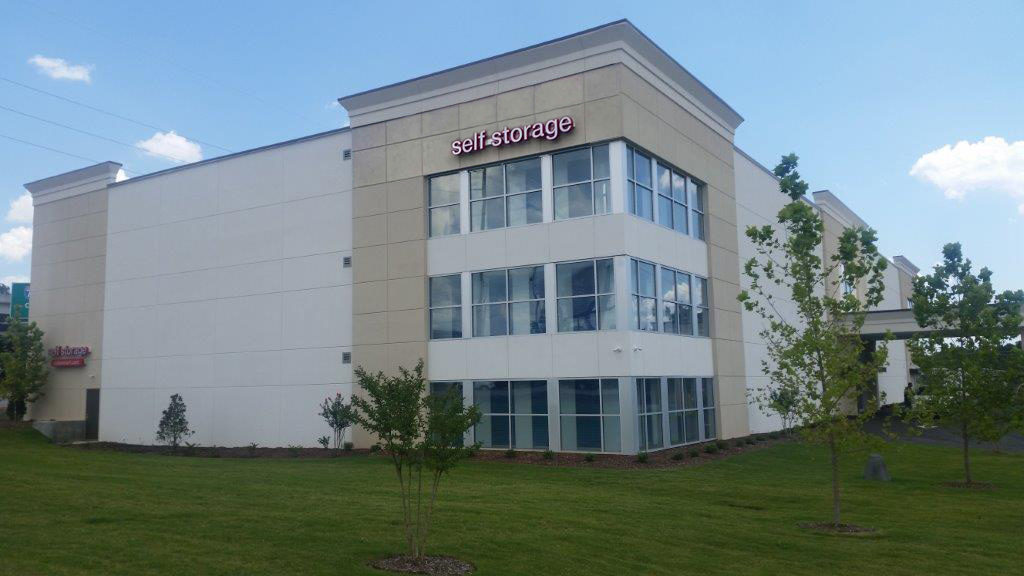Municipal approval of self-storage facility projects has its ups and downs. In one community, the local city council may turn down a request to build a self-storage facility. In another, it may heartily say “Yes.”
The answer to why one proposal succeeds and the other fails may be as simple as right place, right design. To get a zoning board, council and residents to support a project, it’s important to select a location that is good for the community as well as your company. An attractive, well-landscaped facility design is also key to acceptance.
Thumbs Up, Thumbs Down
Here are some examples of green lights and roadblocks that self-storage companies have encountered nationwide.
Design Wins in North Carolina. Despite wavering at first, Cary, North Carolina’s city council in August 2016 approved construction of a new self-storage facility near its downtown.
Design quality similar to an upscale office building, climate controlled units, video surveillance and the developer’s willingness to meet extra requirements — restrictions on size (500 units) and noise — split the council’s vote in the developer’s favor.
Illinois Approves Mixed Use. Last July, the city council of Woodstock, Illinois, agreed to rezone a prime piece of real estate for a mixed use commercial project including up to 600 self-storage units, a popular big box store, and a small amount of restaurant and small retail space.
However, a year earlier, Woodstock’s council had turned down the developer’s first pitch, which had supplemented the storage facility with a gas station and convenience store. In particular, some council members were concerned about environmental impact of installing fuel tanks at the site, which is near the city’s river.
Lesson learned? Mixed use makes storage projects more appealing, but the mix has to be right.
Saying No in Colorado. In the Denver suburb of Littleton, Colorado, the local city council in August 2017 turned down a rezoning request by a national self-storage company. The proposed site for new construction of an 800-unit facility would have abutted a river greenbelt.
Littleton’s council almost unanimously opposed the project. As one council member noted, the facility wouldn’t support the area’s focus on “recreation, retail, entertainment and housing.”
Design that Fits
Writing at Inside Self-Storage (ISS) magazine, architectural and planning services expert Mark J. Sullivan reports that better design is improving acceptance of self-storage facilities in the densely populated neighborhoods that provide the customer convenience and foot traffic necessary for success.
Sullivan notes that developers are learning they need to blend storage facilities with the neighborhoods in which they are located. He adds that the facilities also need to provide a “clean, open and bright aesthetic with retail-like characteristics.”
Attractive, sturdy construction — whether multiple or single story — wins over customers as well as councils and surrounding communities. Inside Self Storage offers a slideshow of industry trends, such as beast-to-beauty makeovers of storage businesses that once were eyesores and clubhouses for customers at high-end facilities housing RVs.
New Multi-Story Focus
Multi-story structures are a growing focus in the self-storage industry due to decreasing building sites and increasing land costs in urban areas. That’s why BETCO opened a multi-story design center in Charlotte, North Carolina, more than a year ago. BETCO is a single source, self-storage producer from consultation and design to manufacturing and construction. Contact us today to meet your needs and those of the communities you serve.


